5 surprising sources of sugar
What are 'free sugars'?
'Free sugars' are:
- 'Added sugars' - including sugars found in biscuits, chocolate and fizzy drinks. These sugars may be added at home or already added to the things we buy.
- Sugars in honey, syrups (such as maple, agave and golden), nectars (such as blossom), and unsweetened fruit juices, vegetable juices and smoothies. These are natural sugars but still count as free sugars.
We do not need to cut down on sugar found naturally in milk, fruit and vegetables, they come with extra nutrients, such as fibre.
The recommended daily limit on the amount of ‘free sugar’ we consume is around 30g a day, no more than about 7.5 teaspoons. But many of us in UK are going over that limit and often because of some foods and drinks that contain more sugar than we might expect…
1. Tomato ketchup
Often seen as the ‘nation’s favourite sauce’, tomato ketchup contains around 27.5g of sugar per 100g. You may be thinking “100g, you’d have to eat a lot of ketchup”! But to put this into everyday terms, 1 tablespoon of ketchup contains about 1 teaspoon of sugar. However, most of us eat a lot more more than 1 tablespoon (17g) of ketchup per meal. For example, 1 pot of ketchup from a fast-food outlet contains around 21g. That means having a couple of pots with your meal takes you up to around 3 teaspoons of added sugar!
Tip: try a reduced sugar version, but you should still be careful of how much you are having per meal.
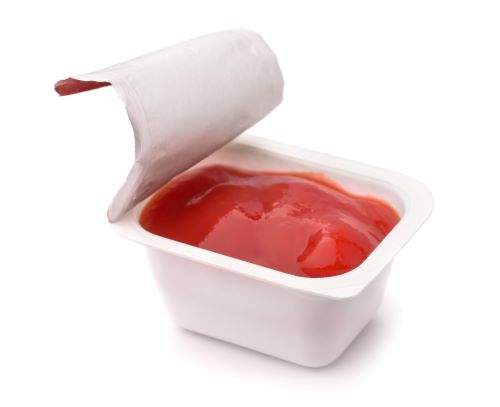
2. Fruit juice
Drinking 1 glass (150ml) of 100% unsweetened fruit juice a day can act as one of your 5-a-day. But even 100% pure unsweetened fruit juice is high in sugar so we should try to limit the amount we drink. If the fruit juice is sweetened, it can contain 9.8g of sugar per 100ml. It’s important to keep an eye on serving size, as many of us drink larger glasses (250ml). Drinking a 250ml glass of sweetened fruit juice can equal around 6 teaspoons of sugar.
Tip: If you want to drink a glass of juice, try to do so at mealtimes to reduce the risk of tooth decay. You can also try diluting fruit juice with some water or replace the drink completely with a piece of fruit and glass of water.
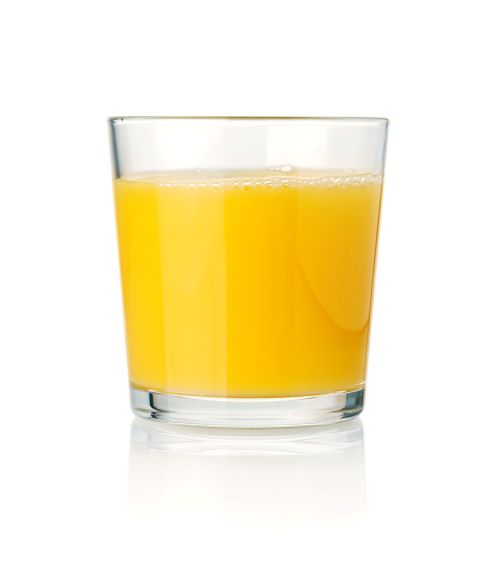
3. Fruit yoghurts
Often, low-fat flavoured yoghurts are seen as a ‘healthy snack’, but what is being added to replace all that fat but keep the taste? Often, it’s sugar. Dairy products like these can form part of healthy balanced diet, but it’s important to be aware of how much sugar they contain. Some fruit yoghurt can contain around 16.6g of sugar per 100g, equal to about 4 teaspoons.
Tip: Try some natural yoghurt with a few berries or tinned fruit (in juice not syrup).
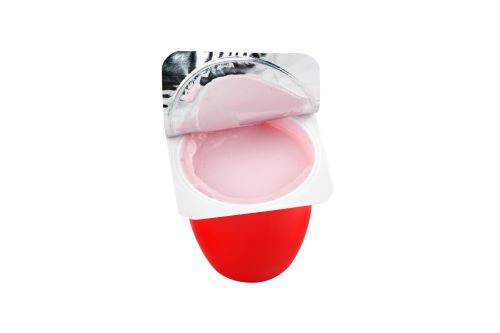
4. Cola
Okay, so maybe this one isn’t too surprising, but it’s important to highlight again. An average cola can contains 330ml which equals out to around 9 teaspoons of sugar. It's also important to limit how much cola you have because it contains caffeine. Find out more about limiting caffeine in pregnancy.
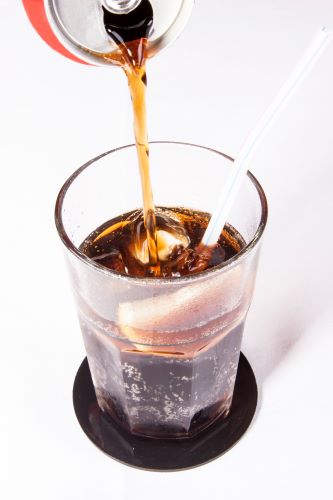
5. Ready meals
You might not think of savoury ready meals as containing a lot of sugar, but some can contain more than you think. This is especially true of meals that are ‘sweet and sour’ or some that contain tomato sauces. One ready meal we looked at contains 26g of sugar per serving, which is equal to around 6.5 teaspoons of sugar. Now imagine you combine that with a fruit yoghurt and a can of coke for dinner. That all works out at around 19.5 teaspoons of sugar in one meal – just over 2 and half times the recommended limit.
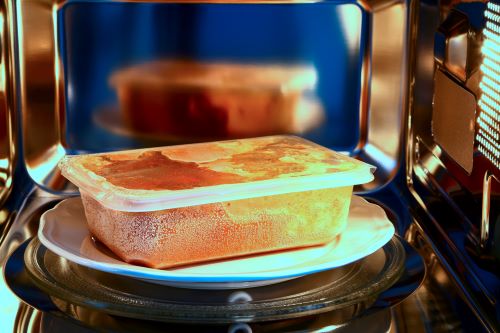
The biggest amount of added sugar in our daily diet (up to 27%) comes from table sugar, jams, chocolate and sweets. There is nothing wrong with having a sweet treat, but we can start to go over our daily allowance quickly when we are also consuming foods that have hidden sugars. We don’t have to cut out these foods completely, but it is important to have them as part of a balanced diet.
Our midwife, Kate, says:
The key to eating well during pregnancy is having a good variety of foods from all the different food groups every day. It is important to be aware of hidden sugars in foods and drinks as it can quickly add up. Some food and drinks are surprisingly high in sugar so it is good be aware limit or avoid these. High sugar intake can having an impact on pregnancy including an increased risk of gestational diabetes. Of course, there is nothing wrong with having a treat, with a healthy balanced diet.
We have more information about eating well during pregnancy and reading food labels.
For purposes of the calculations in this blog we have used the measurement: 1 teaspoon = 4g of sugar
Read more about nutrition in pregnancy
-
Read more about 'Recipes and snacks '
Recipes and snacks
-
Read more about 'Food safety in pregnancy '
Food safety in pregnancy
-
Read more about 'Pregnancy supplements '
Pregnancy supplements
-
Read more about 'Having a healthy diet '
Having a healthy diet
